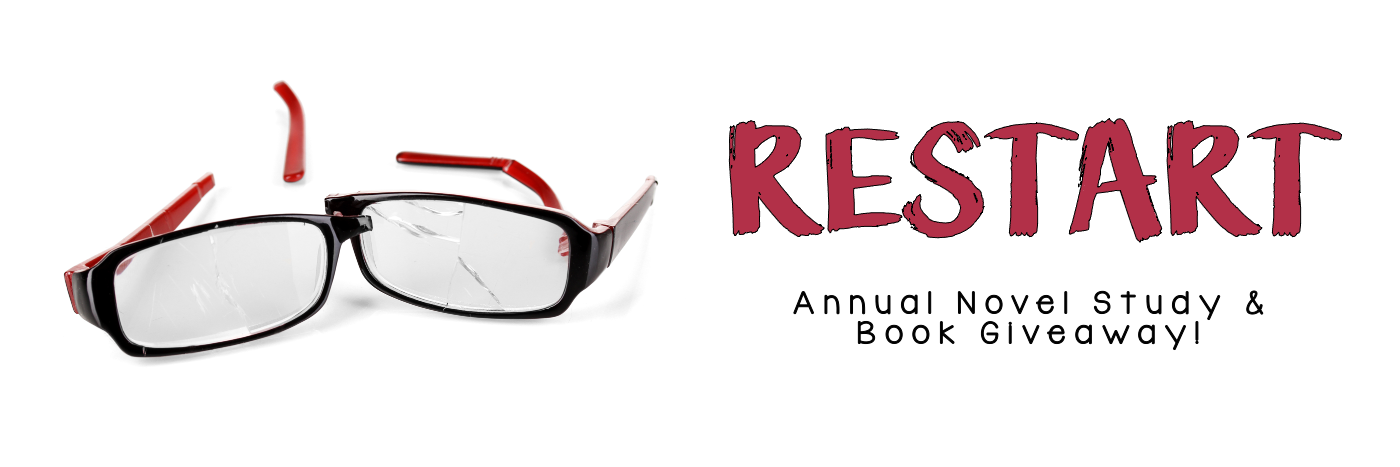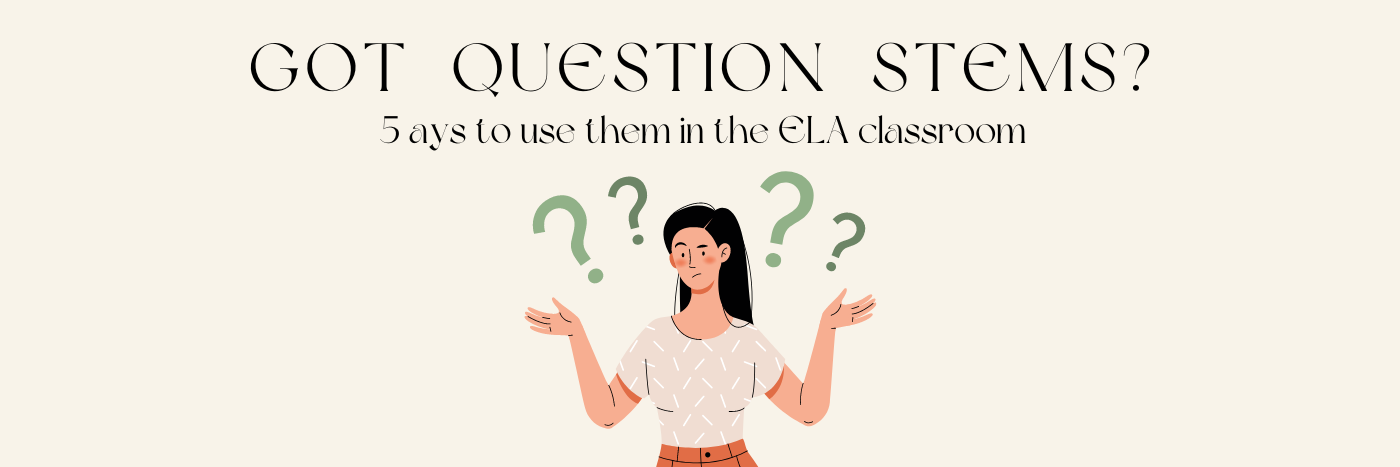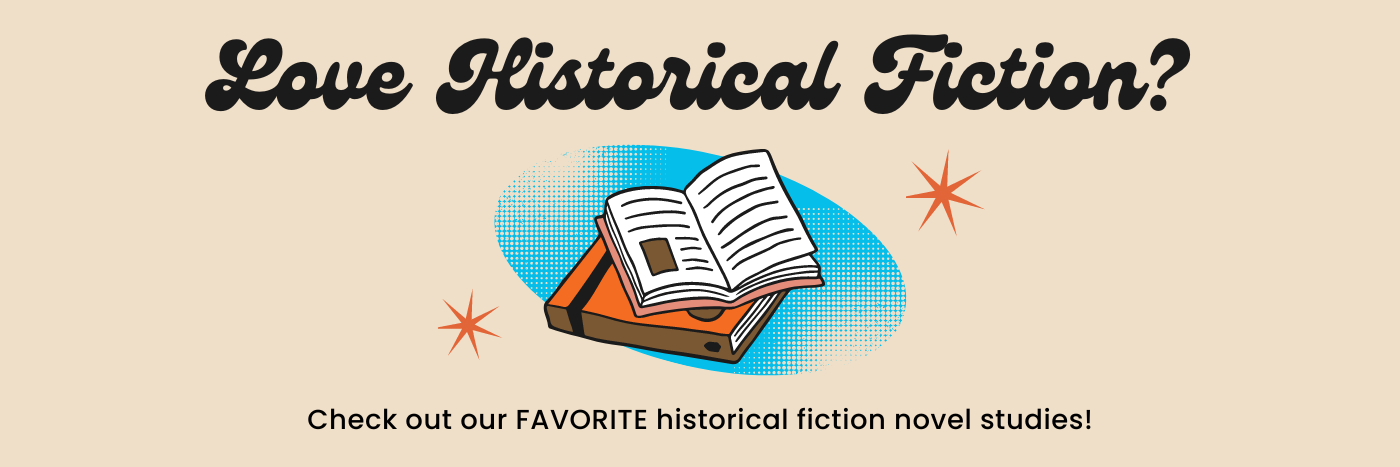
The Canyon’s Edge by Dusti Bowling – Book Review
 |
Title: The Canyon’s Edge Author: Dusti Bowling Publisher: Little, Brown Books for Young Readers Release Date: September 8, 2020 |
It’s Eleanor’s birthday. After losing her mother in a random shooting on her birthday last year, her and her father, both white, decide to explore a slot canyon in the desert. Away from people. Away from crowds. Away from danger. Or so they think. Shortly into their trip, a flash flood separates the two, leaving Nora without supplies. When the waters recede, she is forced to traverse the canyon alone to find her father. Along the way she must battle deadly creatures, persevere through dehydration and hunger, and ultimately face the trauma that has been haunting her dreams for a year. With every minute edging her closer to death, Nora must dig deep to survive and save her father. Hopefully, she can do it before it’s too late.
The Canyon’s Edge adds an engaging story to the burgeoning number of novels told in verse. Prose bookends the novel, showcasing author Dusti Bowling’s writing talent. In between, the verse allows for deep analysis and makes Eleanor’s experiences palpable. Readers will descend into the canyon with Eleanor, sense her panic, get lost in the chaos, taste the ache of thirst, and viscerally feel much more. Bowling accomplishes this feat through the structure of the verse. The cascading poetry brilliantly reflects Eleanor’s physical experiences. As a result, readers will not be able to put the novel down, with many consuming the narrative in one sitting. The Canyon’s Edge also adds to the growing collection of books where characters acknowledge, cope with, and begin to overcome trauma. The canyon aptly reflects Nora’s transformation, but the trip itself would surely be trauma-inducing. Therefore, the process of exchanging one traumatic experience to overcome another threatens to trivialize these experiences. It is a minor critique in an otherwise excellent narrative, but as schools push to recognize and address these topics in their student populations, it is an important one to note. Trauma is never replaced, after all. It remains with a person, and its lasting effects need to be considered through that lens.
Dusti Bowling’s The Canyon’s Edge offers teachers a wealth of material for deep analysis and exploration. From the verse to the structure of the verse to the extended metaphor for Eleanor’s transformation, the novel will surely be a favorite among teachers when examining poetry. The adventure and action-packed plot are an added bonus that will keep students engaged, on the edge of their seats, and begging to read more. The Canyon’s Edge is a win-win for the classroom, and I suspect the book will find itself in countless classrooms for the 2020-2021 school year.
Thank you to Edelweiss+ and publisher, Little, Brown Books for Young Readers, for an eARC of this book.
Classroom Applications
- Cross-Curricular Study – Teach the novel as part of a poetry unit and in conjunction with a nonfiction study of desert ecosystems, trauma, or survival strategies.
- Book Club or Book Exchange – Share the novel with students that enjoy reading realistic fiction.
- Literature Circles – Use novel for small groups or choice reading with a variety of books that are written in verse.
Nonfiction Connections
The list below outlines topics that will enrich your students’ understanding of the novel.
- Slot Canyons
- Desert Ecosystem
- Survival Strategies
- Trauma
- Coping with Trauma & PTSD
Book Companions
The following are great books to pair with The Canyon’s Edge. In parenthesis are the specific aspects students could explore when synthesizing across the texts.
- Hatchet by Gary Paulsen (Character Connections, Themes, Nonfiction Connections)
- Fighting Words by Kimberly Brubaker Bradley (Character Connections, Themes, Nonfiction Connections)
- Island of the Blue Dolphins by Scott O’Dell (Character Connections, Themes, Nonfiction Connections)
- Before the Ever After by Jacqueline Woodson (Novel Structure, Themes, Nonfiction Connections)
- The Shape of Thunder by Jasmine Warga (Character Connections, Themes, Nonfiction Connections)
*LIT Lessons participates in the Amazon Associate Program and earns a fee from qualifying purchases made on the Amazon.com site.
More Blog Posts
It’s time for the annual LIT Lessons Novel Study Giveaway! Year-over-year students grow and change, and those changes are often most pronounced when a new school year begins. It’s a fresh start and a restart. The message of Restart by Gordon Korman captures the spirit of new beginnings, evolving identity, and the universal experience of growing older.
Many ELA question stem resources provide vague sentence starters or surface level prompts to encourage students to engage with a text. Oftentimes, these resources lack true depth and rigor, which means students are not being adequately challenged to critically think about a text.
Middle grades historical fiction novels have come a long way from the books available ‘decades’ ago. In fact, this growing genre is now bursting with fantastic, inspiring, and insightful novels. It comes as no surprise that these books are finding their way into middle school ELA curricula…





